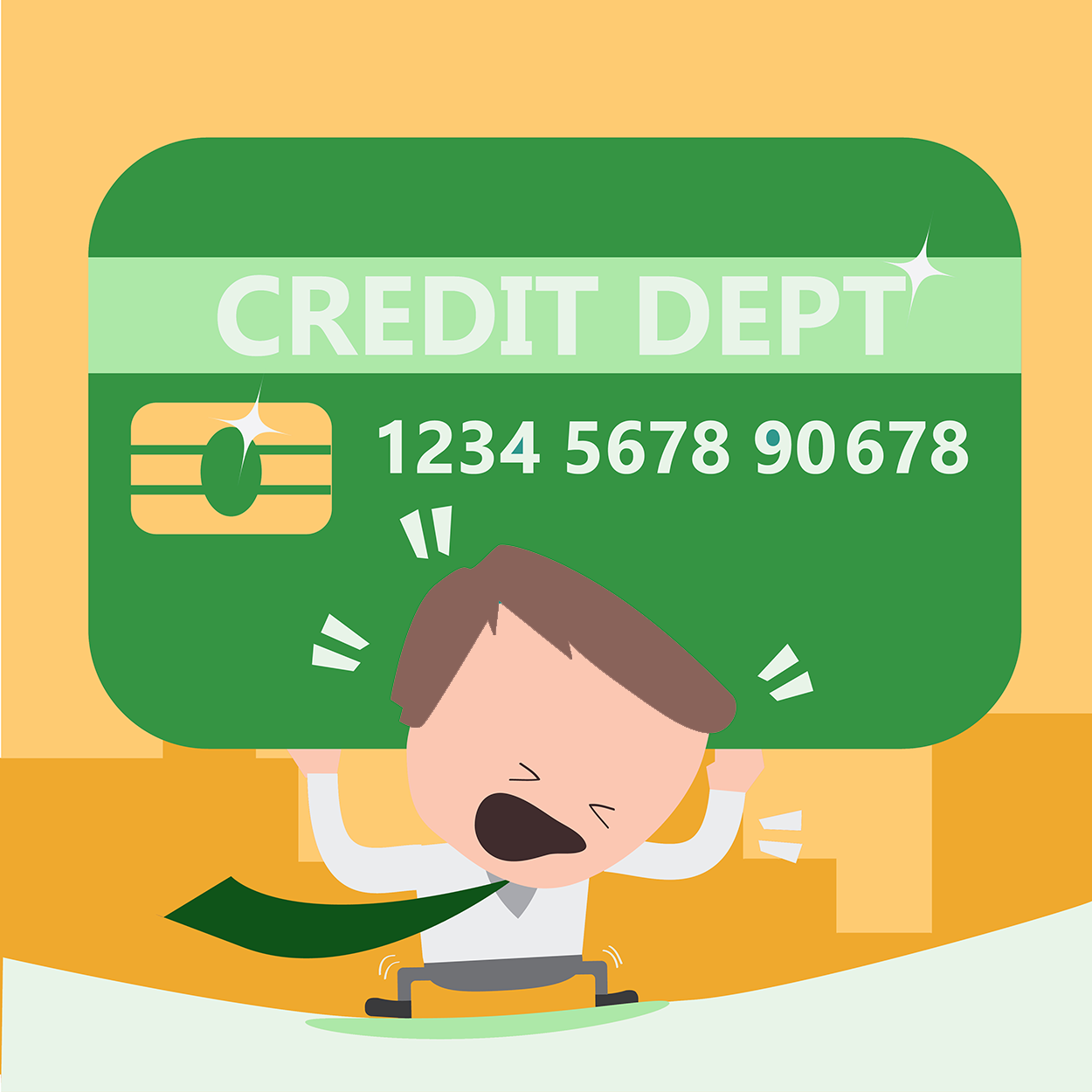This calculator will show you how much interest you will end up saving if you start making fixed payments on your credit card rather than the prescribed minimum payments.
Current Cambridge Personal Loan Rates
We publish current Cambridge personal loan rates to help borrowers compare rates they are offered with current market conditions and connect borrowers with lenders offering competitive rates which are typically far better than one can get on a credit card.
Adjusting Your Minimum Payments
Credit is extended to consumers in a couple of different ways – each requiring its own repayment commitment. Major purchases like homes, vehicles, or big-ticket business expenses reach beyond the cash resources of most consumers, so the only way for individuals to acquire them is to go into debt.
Because they are major expenses, with repayments totaling significant portions of each borrower's monthly resources, payment schedules for high-dollar items are established for the long-term. Mortgages, for example, commonly extend for thirty years, before they are paid off. For borrowers to budget and plan their fiscal lives, long term expenses like auto loans and mortgages are funded using installment credit.

Types of Payments
Installment payments are regular, steady contributions made toward significant purchases. Homes, cars, investment property, and business items are financed using this type of credit. Lenders extend sums vastly greater than each monthly repayment, so interest accounts for a large part of total payments, especially during the early years of repayment.
Installment repayment relies on a structured schedule, outlining the amount of each future payment. Fixed monthly payments allow borrowers to budget effectively, accounting for life's major necessities, before moving on to discretionary spending.
Revolving credit, on the other hand, is a more flexible borrowing approach, designed for everyday purchases. Credit cards are the most commonly used forms of revolving credit. Under the terms of most agreements, purchases fall under grace periods, during which there are no interest payments charged. Billing cycles are usually tied to calendar months, so every thirty days or so payments are required. Billing statements provide minimum monthly payments, which must be made in order to remain in good standing with your lender. Minimum payment levels are established based on a variety of criteria, including total balance, interest rate, monthly activity and terms of your original cardholder agreement. Cardholders have a great deal of discretion deciding how much to pay each month – in stark contrast to mortgages and car loans, which require equal monthly payments.
Paying the minimum amount toward monthly credit card debt satisfies lenders, and gets you off the hook for the next thirty days. But since minimum amounts often reflect only the interest charges you've added-on during the billing cycle, sticking to the lowest possible payment does not go very far to address the principal balance you owe.
One way to get ahead on revolving debt repayment is to hold yourself to fixed monthly payment schedules which exceed minimum amounts. Treating your credit card debt like a mortgage or car payment repays principal at the same time interest is addressed. Of course, the revolving agreement allows additional purchases to be made, so your overall repayment status is closely tied to whether or not your debt continues to grow while you pay it back.
To get a handle on repayment, compare and contrast different approaches, including fixed payments that reduce debt faster. Making more than the monthly minimum payment and holding-off on additional spending lead to fast revolving debt reduction. Fixed/Minimum payment calculator illustrates the amounts and terms of various repayment strategies.
 Fixed vs Minimum Payment Calculator
Fixed vs Minimum Payment Calculator